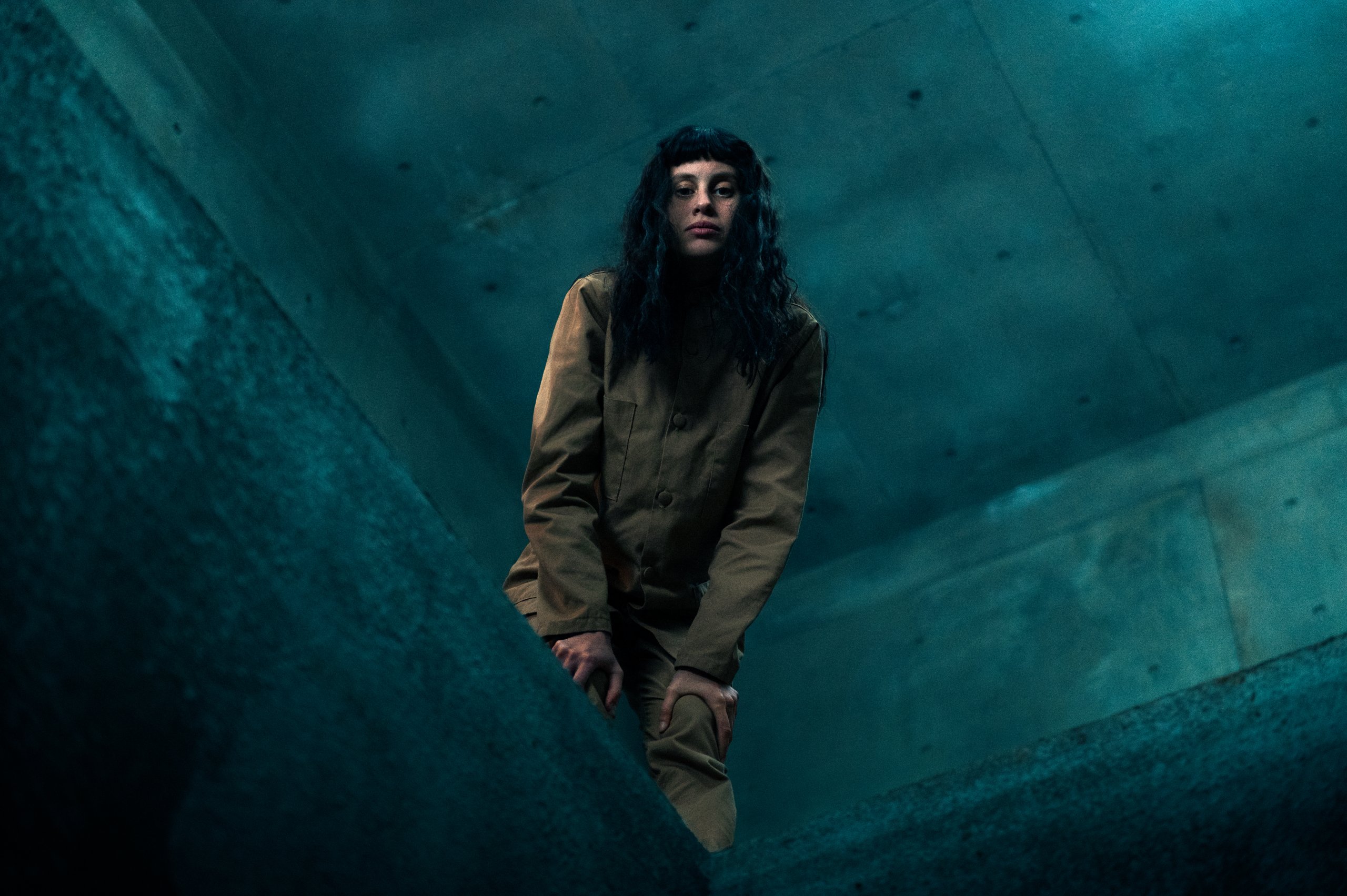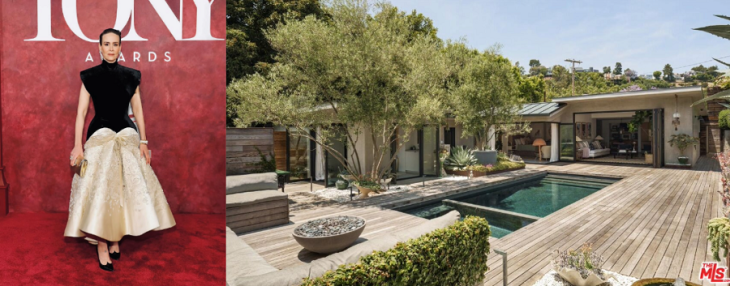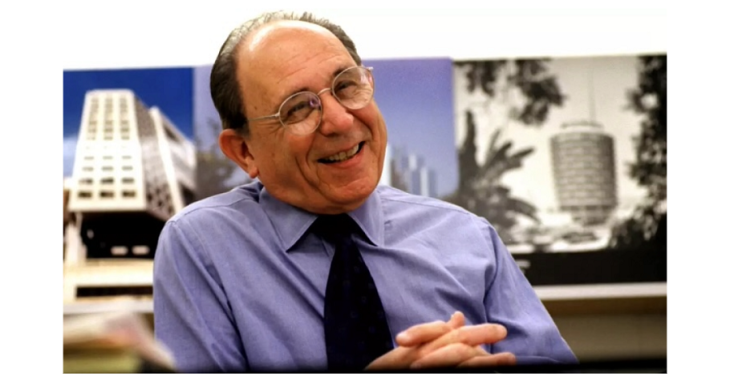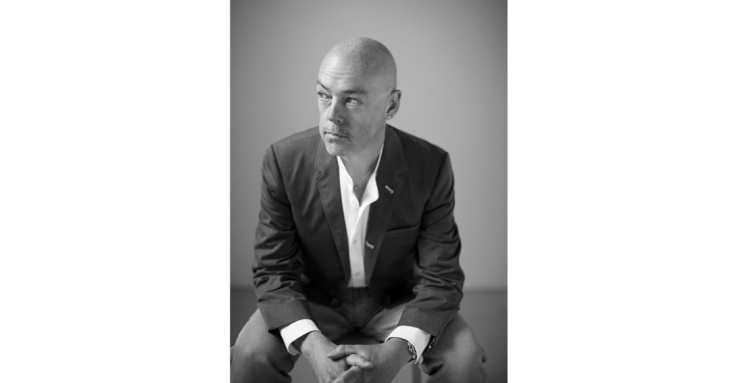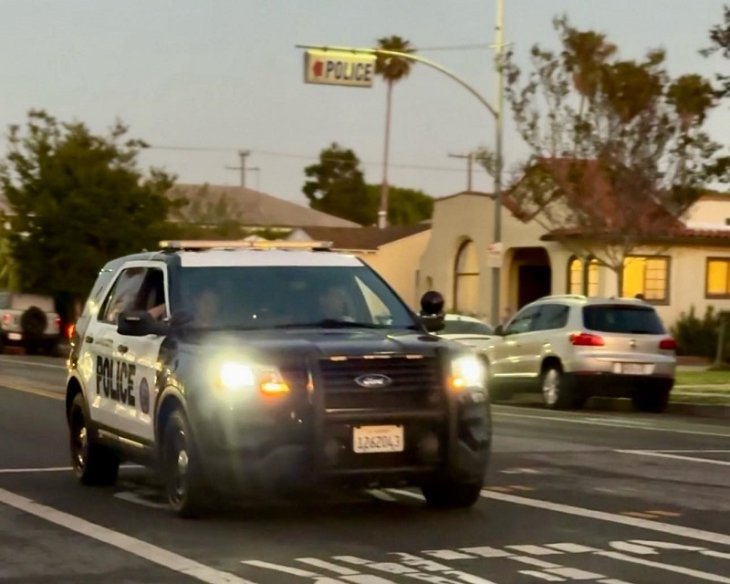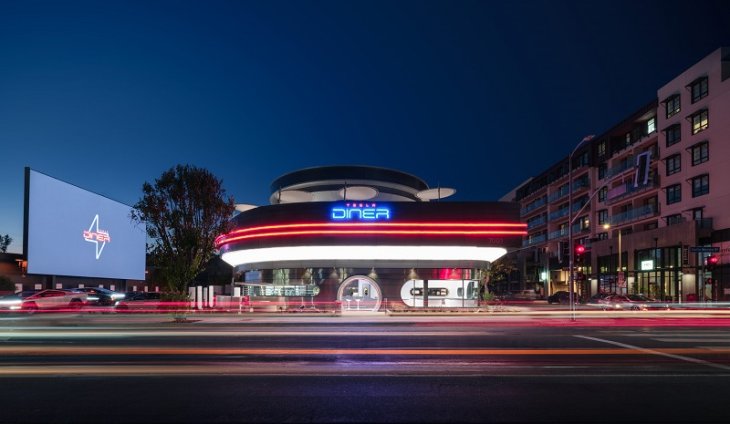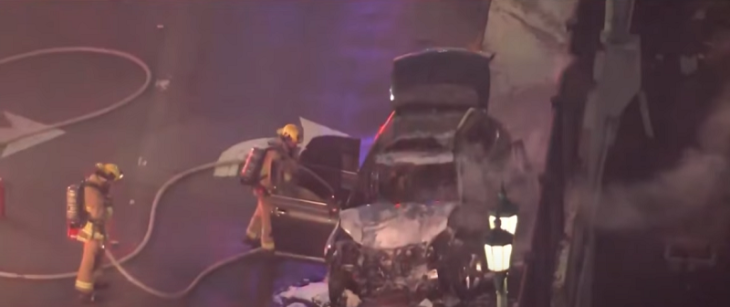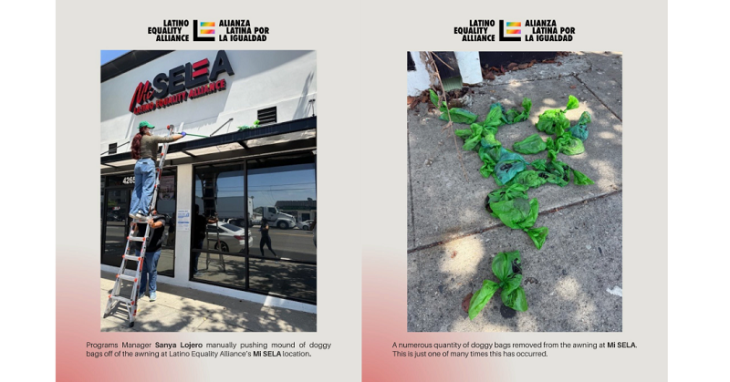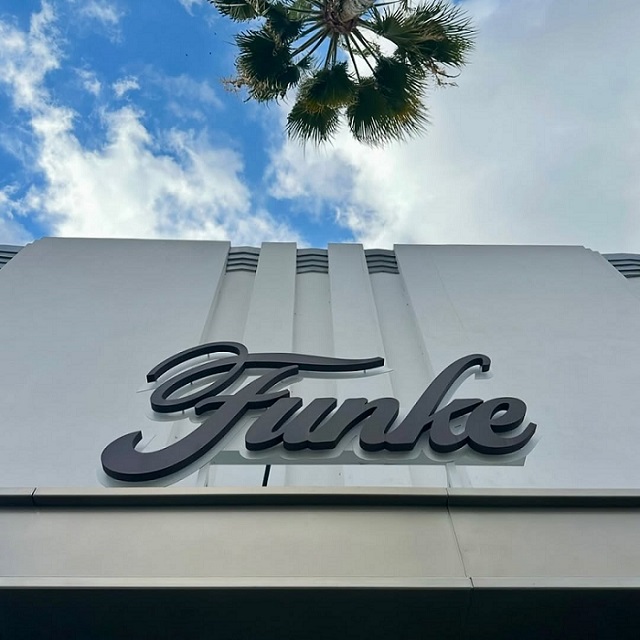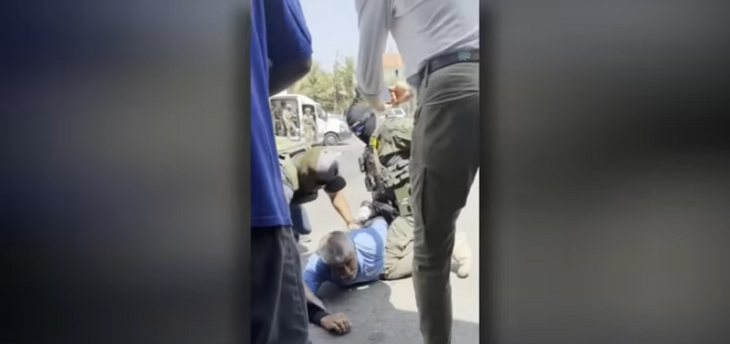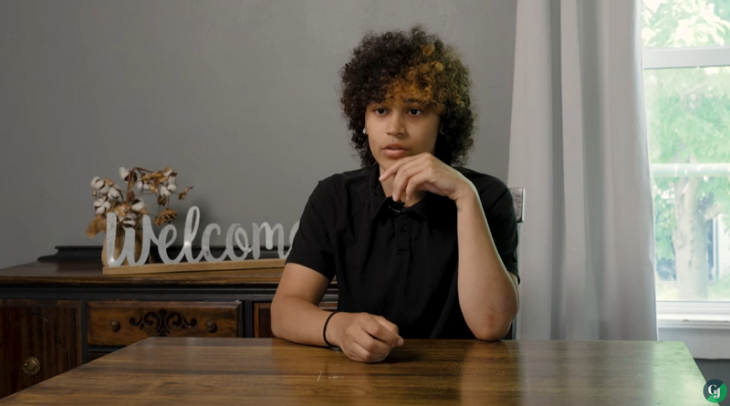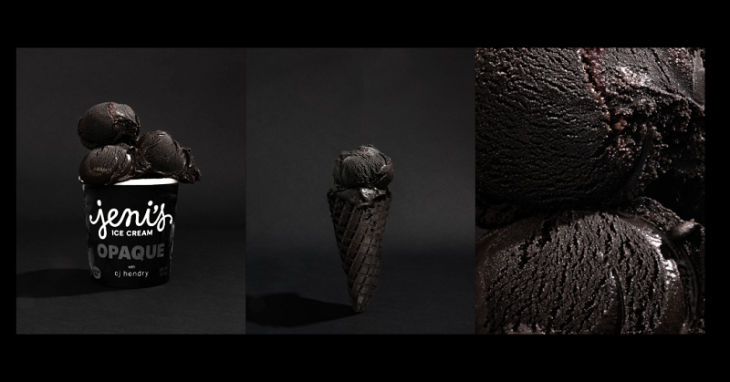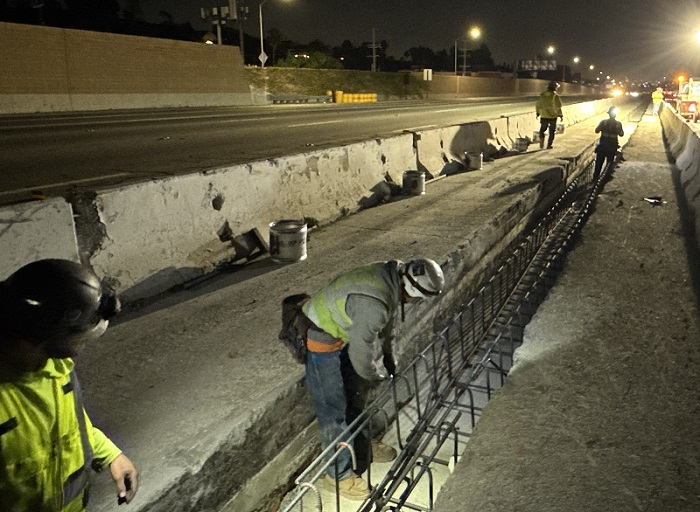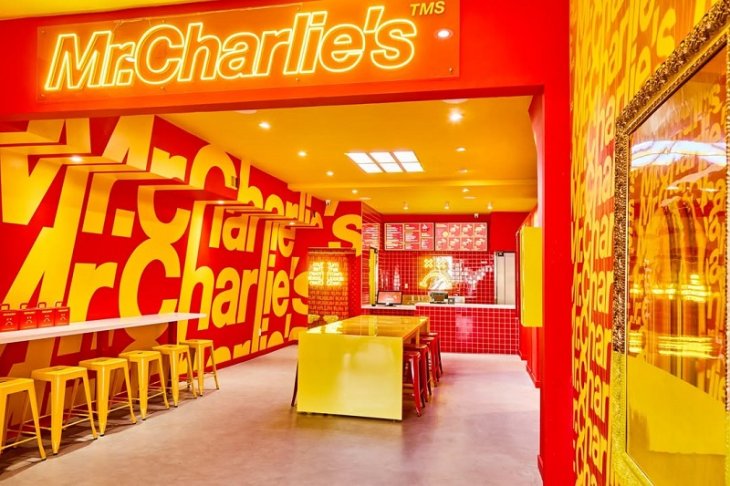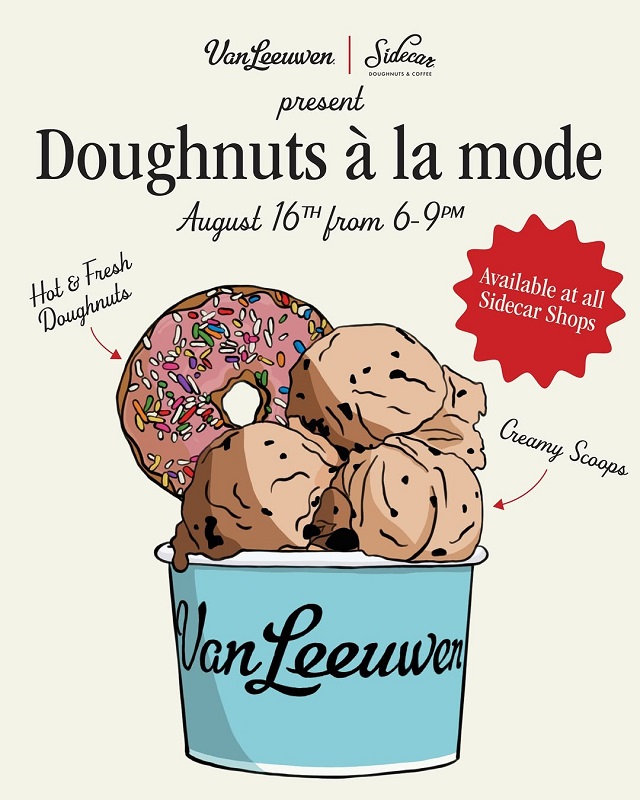Galder Gaztelu-Urrutia’s follow up to his surprise hit of 2020, The Platform 2, is ready to shock audiences once again. The Spanish writer and director has made two films this year, the theatrical release Rich Flu and this second entry in The Platform series. Urrutia’s films are frequently called anti-capitalist, but I believe his films to truly be pro-humanist at heart.
You can watch the trailer here:
The Platform introduced us to a dystopian future where a “Vertical Self-Management Center” is a place that criminals are sentenced to and volunteers enter for their own reasons. It is “El Hoyo” or “The Hole”, a tower with 333 levels. It is perhaps telling that the Spanish title is much more grim than the English title.
Every day, the chosen food items of each inmate are prepared by a staff of fine dining chefs, cooks, and bakers and sent down to each level, while musicians play to inspire them. Those at the lower levels frequently starve because others on the higher levels selfishly gorge themselves on other people’s meals, thinking only of themselves. The first film exposed the greed of our current society, where those who are fortunate enough to be “on top” take all they want, and leave those at the bottom to die. Are the film’s themes subtle, no, but at this point in human history, the species may require the message to be shouted at them.
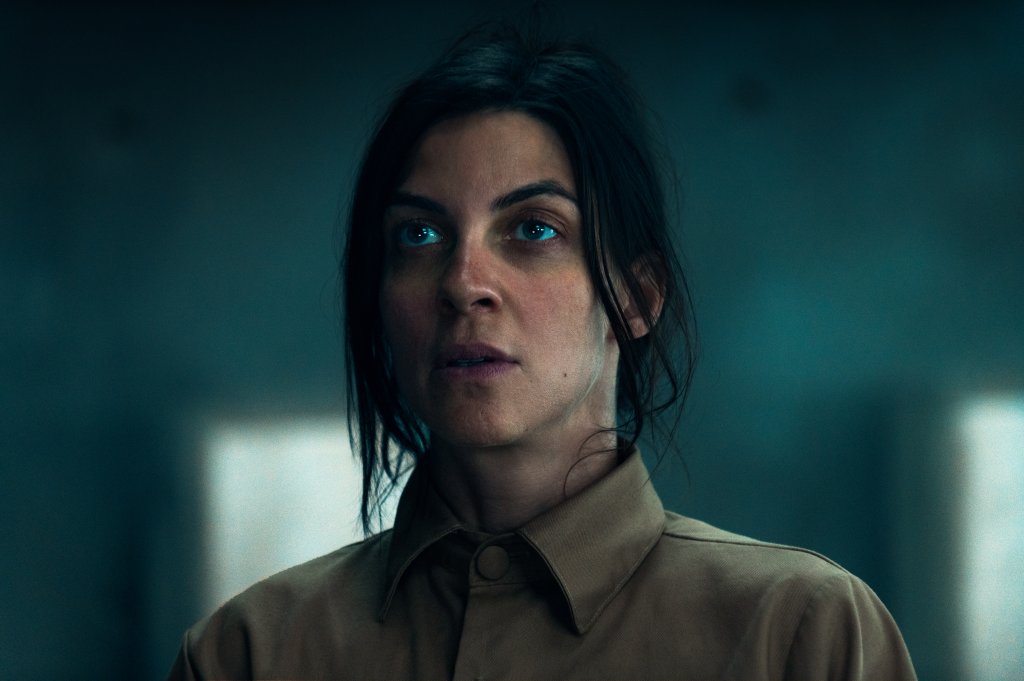
In The Platform 2, a mysterious leader imposes his law in a brutal system of vertical cells, a new arrival battles against a dubious food distribution method. Milena Smit, Hovik Keuchkerian Natalia Tena, Óscar Jaenada, Iván Massagué, Zorion Eguileor, and Antonia San Juan star in this equally violent and savage deconstruction of our society.
Rather than making a second version of The Platform, Urrutia has taken on another aspect of human violence against itself. First, there is the glory of the revolution, but then, often, follows the brutal revenge of the oppressed. One of the characters is derisively called Robespierre, and that is no accident. Maximilien Robespierre, the architect of The Reign of Terror and leader in the French Revolution was an exceptionally cruel man who caused 300,000 French citizens to be arrested; 17,000 to be executed, and about 10,000 to die in prison without trial. All in the name of the purity of the revolution.
Another point is that rather than fighting the system, what the prisoners of The Platform are fighting is each other. The system that created this terror is untouched. While people set themselves up as the ultimate authorities with control over everyone, with the penalty of pain and death to enforce their rule, they are no different than the system itself. Anyone who breaks their arbitrary rules must be punished and frequently in the most merciless way possible.
The performances of the actors are at the same high standard as the first film, in particular, Milena Smit, Hovik Keuchkerian, Natalia Tena, and Zorion Eguileor. You feel the pain that they feel physically and emotionally and the subtleties of their performances, as the film frequently focuses, in close-ups, on their faces, pull you into the narrative.
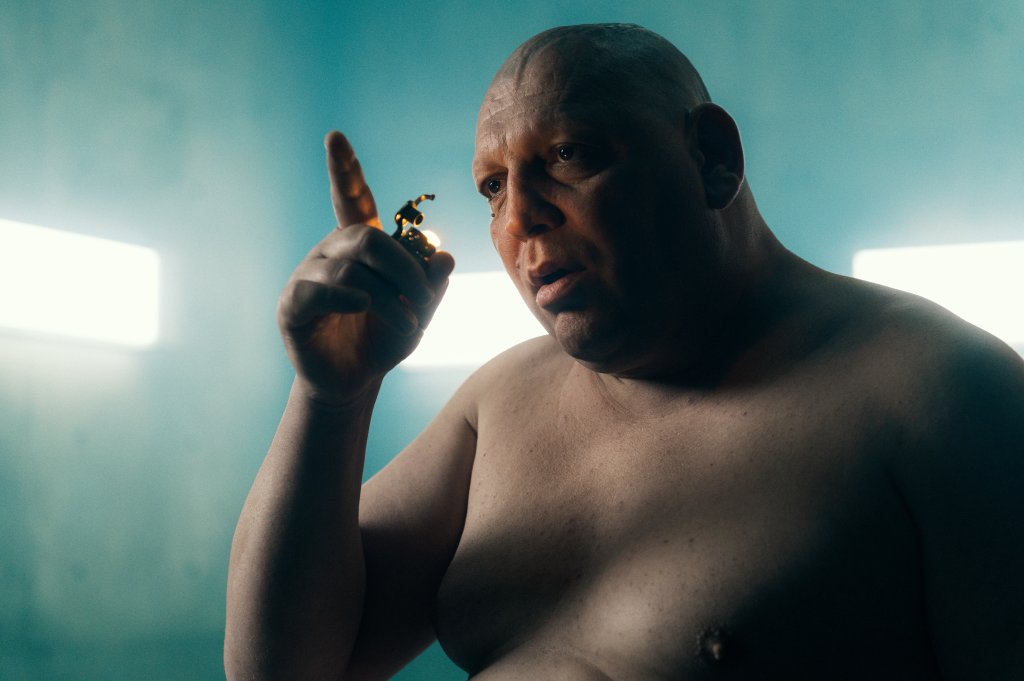
The score by Aitor Etxebarria has a dark grandeur that is used at the proper times. It is at turns somber, soaring, plaintive, propulsive, and gentle with angelic choral voices, driving synth-based rhythms. Many of the themes seem to echo the symbolic pit at the center of the film.
The cinematography by Jon Sangroniz uses the difference between light and shadow wonderfully even on the actors’ faces. The image is crystal clear when called for, even in total red lighting, and subtly unfocused when required.
Urrutia’s work as a director harnesses all of the elements of the filmmaking process to serve the themes and plot. Even the aspect of what are hallucinations shows the effect of hunger, both physical and psychological, on the characters. He is quickly becoming one of my favorite filmmakers and since Pablo Larraín, the acclaimed Chilean director, was one of the producers on Rich Flu, I am not the only one.
The Platform 2 is an unflinchingly ugly and beautiful depiction of humanity at its best and worst, showing our capacity for rage and violence as well as our potential for love, forgiveness, and understanding. Will the better angels of our species win? Will following the rules remain more important than human lives and compassion? Will we continue to allow our contempt and scorn to kill off the innocent and the disadvantaged? Will that be our doom or will we finally learn that we have to find a way to live together?
Will we ever stop brutalizing each other because we are afraid?

